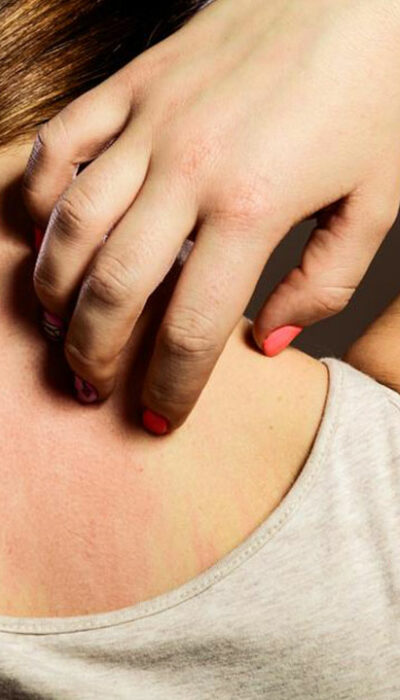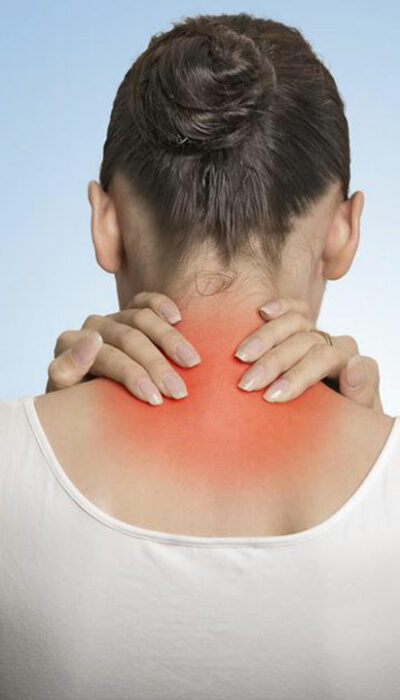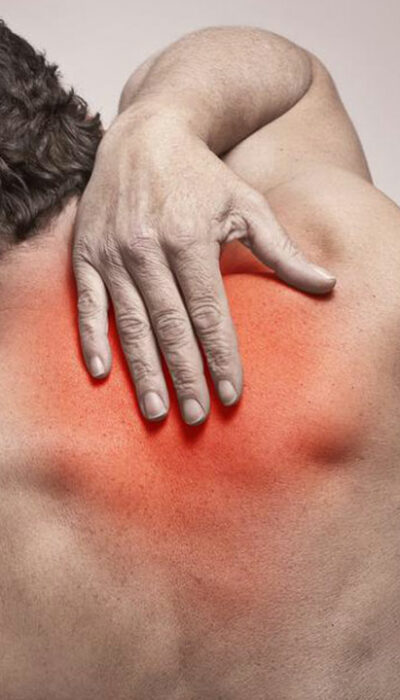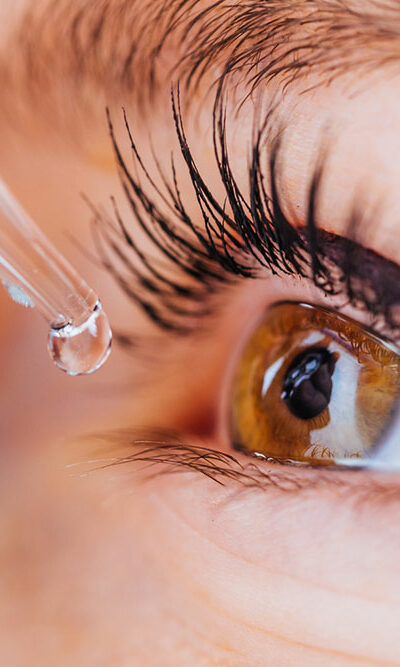
Here Are Some Early Symptoms of Lupus
Lupus also is known by the name of systemic lupus erythematosus is a disorder which commonly affects women. The severity of lupus can be understood from the fact that one in every 2100 women is suffering from this autoimmune disorder. It is not as if men are not affected by lupus, but the intensity of women getting affected by this disorder is five times more in comparison to men. There are some other unique aspects of lupus one of which is that black women are three times more prone to lupus in comparison to white women. This disorder has a hereditary trend also, and people who have someone suffering in their family from lupus are at ten times more risk of contaminating this disease than others. Women who experience lupus find that their periods come with mild or no symptoms and these symptoms could also flare up at times. The symptoms of lupus could be mild or moderate to severe. Below are listed the early symptoms, the presence of which indicate lupus. Butterfly Rash Of all the people who have been diagnosed with lupus around 40 percent develop a red bumpy rash. This rash then begins from the bridge of the nose and goes across the cheek in a pattern which is butterfly shaped, hence has been named as butterfly rash. In butterfly rash condition, the rash most commonly appears on the face, but it could also show its presence in any part of the body. Besides face, the butterfly rash can also appear on the chest. This rash on chest usually appears as a raised disk-shaped lesion which is red. People who have butterfly rash should avoid going out in the harsh sun as the lesion might worsen in such cases. People who are sensitive to the sun should also avoid going out since the lesion can worsen immediately.










